Benton Lake National Wildlife Refuge is a large natural sanctuary in Montana, covering 12,383 acres. It provides a home for many types of wildlife. Within this refuge is Benton Lake, a 6,000-acre shallow wetland created by ancient glaciers.
This guide will introduce you to the refuge’s location, its role in wildlife conservation, and the strict but necessary rules that protect its natural inhabitants. You’ll also learn about the area’s history and the exciting activities at Benton Lake, from wildlife viewing to limited hunting.
- Related article: Wildlife Refuges in Montana
Curious about what Benton Lake Wildlife Refuge has to offer? Let’s explore how this refuge offers a glimpse into the lives of various species and the chance to create unforgettable memories.
7 Key Takeaways on Benton Lake National Wildlife Refuge
- Benton Lake National Wildlife Refuge is part of Montana’s vast wildlife refuge complex and is easily accessible from Great Falls.
- The refuge’s mission focuses on habitat management, wildlife preservation, and community engagement to maintain its status as a sanctuary and breeding ground for birds.
- Established in 1929, the refuge’s history reflects a shift from failed agricultural endeavors to conservation. This is all thanks to local hunters and an Executive Order by President Hoover.
- Visitors must adhere to refuge policies, including seasonal area access, no camping, and respect for wildlife, to ensure the area’s safety.
- Activities at Benton Lake include auto tours, hiking, fishing, and photography, offering a range of experiences to connect with nature.
- Benton Lake National Wildlife Refuge is home to over 200 bird species, diverse mammal populations, and vital wetlands that support various life.
- Benton Lake provides unparalleled opportunities for nature enthusiasts to appreciate its beauty, particularly during migration seasons and peak water conditions.
Things to Know About Benton Lake National Wildlife Refuge
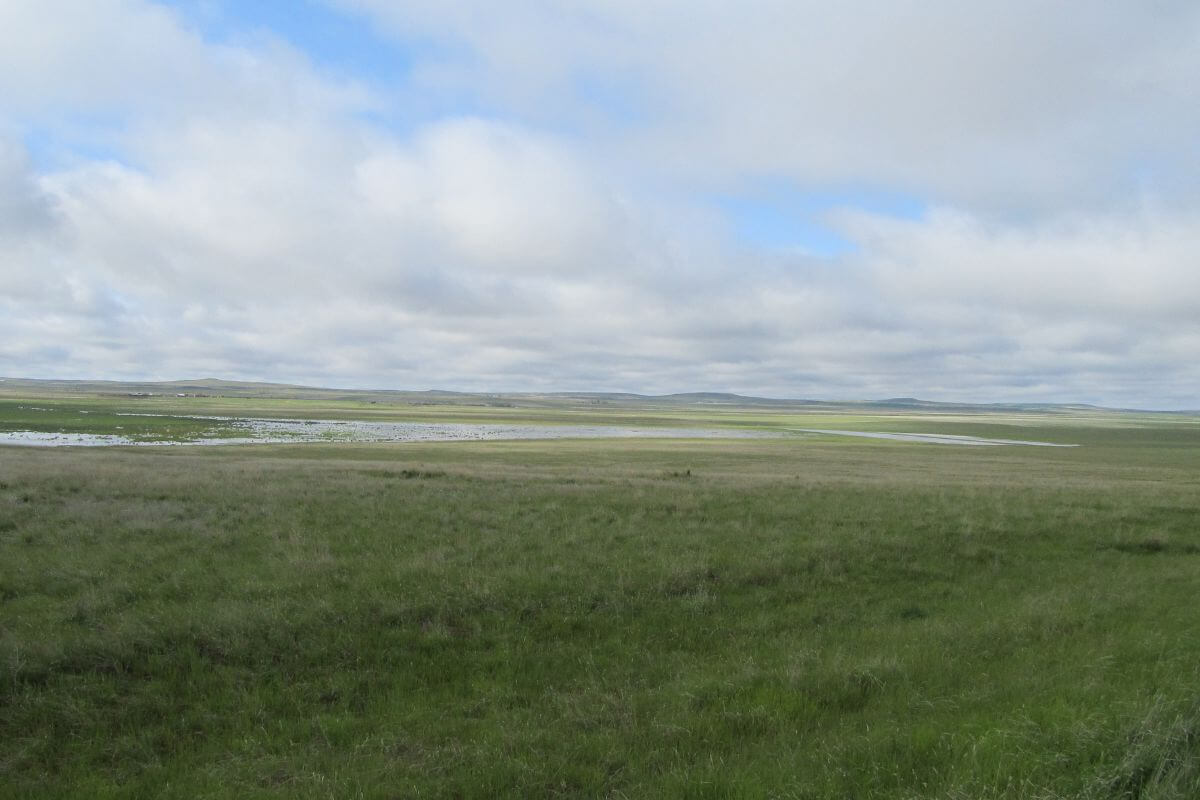
Understanding the practical aspects is essential before going on your adventure at Benton Lake National Wildlife Refuge.
This quick guide will ensure a successful and respectful visit, allowing you to immerse yourself in the natural beauty and witness stunning views.
1. Where Is Benton Lake National Wildlife Refuge?
Benton Lake National Wildlife Refuge is part of the Prairie Pothole Region (PPR). This area is known for experiencing cycles of being very wet or very dry, depending on the amount of rain and snow. Mountains surround it on three sides — the Highwood Mountains to the east, the Big Belt Mountains to the south, and the Rocky Mountains to the west.
Benton Lake National Wildlife Refuge is 12,383 acres in size and is on the western edge of the northern Great Plains. It is 50 miles (80.5 km) east of the Rocky Mountains and 12 miles (19.3 km) north of Great Falls.
Benton Lake National Wildlife Refuge has beautiful views and many different plants and animals, dominated by northern mixed-grass prairie. Although it’s called a “lake,” it’s a 6,000-acre wetland that was formed by the last continental glacier thousands of years ago.
The refuge is the main part of the Benton Lake NWR Complex, which includes the Swan Valley Conservation Area, Swan Valley National Wildlife Refuge, Benton Lake Wetland Management District, and more. This large area covers 163,304 acres and is managed from its headquarters at Great Falls.
You can easily reach the refuge to see the prairie and the big sky. Just take Highway 87 (Havre Highway) north out of Great Falls, turn left onto Bootlegger Trail, and go about 9 miles (14.5 km). You’ll see the entrance on the left. This makes it easy for everyone to visit Benton Lake and the beautiful area around it.
2. What Is Benton Lake National Wildlife Refuge’s Mission?
Benton Lake National Wildlife Refuge stands out as a place dedicated to preserving our wildlife heritage. It is part of the U.S. Fish and Wildlife Service’s extensive network of over 560 national wildlife refuges.
Refuge staff are the guardians of this natural haven, employing various techniques to ensure the plants and animals within have the best possible home. Known as habitat management, this approach is key to the refuge’s success in maintaining and improving wildlife values.
The conservation efforts at Benton Lake Wildlife Refuge are all about keeping things as they should be in nature. This means:
- Protecting Intact Landscapes – Ensuring that large, unspoiled areas exist for plants and animals to live as they always have.
- Managing Productive Habitats – Making sure that the places where life flourishes are well cared for.
- Connecting People With Wildlife – Offering the chance to see and appreciate nature in its purest form, right under Montana’s endless sky.
The refuge relies on community support and strong partnerships to continue its conservation efforts, supporting the local economy and the life within and around it.
3. When Did Benton Lake National Wildlife Refuge Start?
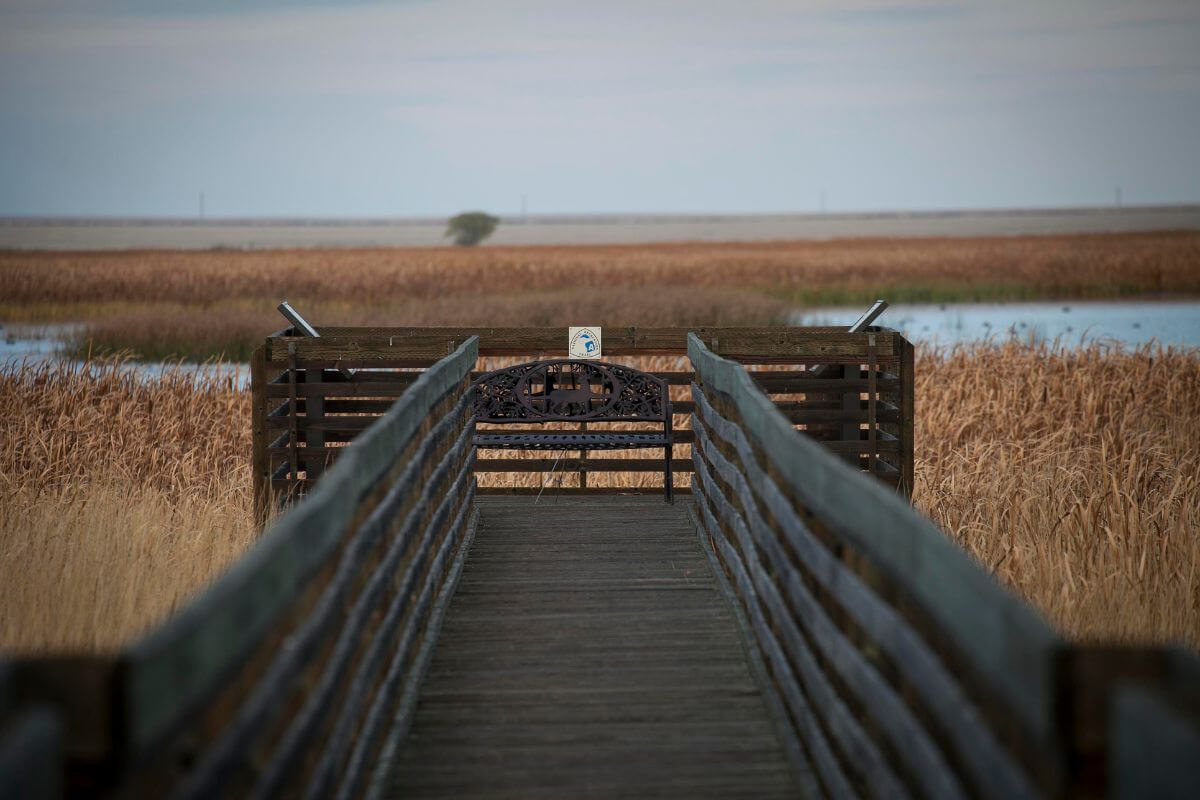
Benton Lake National Wildlife Refuge was founded in 1929 through an Executive Order influenced by local hunters and President Herbert Hoover. This title aimed to preserve the area as a refuge and breeding ground for birds, marking a significant shift from previous attempts to use the land for reservoir or agricultural purposes.
The refuge has a rich history connected to Montana’s development. In 1885, the government initially set aside the area as a potential reservoir, but this plan proved unworkable.
In the early 20th century, Montana entrepreneurs tried converting the wetlands into farmland by digging a large drainage ditch, which ultimately failed and was abandoned. Today, remnants of this historic ditch can still be seen from the road to the Refuge.
4. What Are Benton Lake National Wildlife Refuge’s Policies?
You’re stepping into a sanctuary for nature when you head to the Benton Lake National Wildlife Refuge. Following the rules to protect the birds and other wildlife is important.
Some key rules to remember when visiting Benton Lake National Wildlife Refuge:
- Access to Certain Areas Changes With the Seasons – This is all about protecting the birds that call the refuge home. Some spots might be off-limits to give the feathered residents the peace and quiet they need during nesting times.
- No Camping or Parking Overnight – The refuge is a day-use area only, so plan your visit to focus on daylight hours.
- Fires Are a No-Go – Fire isn’t allowed to keep the area safe and clean. It’s always a good idea to bring a picnic that doesn’t need cooking.
- Take Your Trash With You – It’s super important to leave no trace. Be sure to carry out all your garbage so the refuge stays clean.
- Respect All Wildlife and Plants – Every living thing here is protected, from the tiniest plant to the slithery reptiles. So, keep your hands off and admire from a distance.
- Keep Your Furry Friends on a Leash – Pets are welcome on the Prairie Marsh Wildlife Drive, but they must stay with you and on the path. This rule helps protect nesting birds and other wildlife. During the hunting season, pets are allowed in the hunting area but must be kept leashed.
- Non-Motorized Watercraft – Non-motorized watercraft are only allowed during the hunting season in the hunt area. It’s a great way to explore, but make sure you’re there at the right time.
If you have any questions about the rules or need more information, contact the Refuge headquarters at (406) 727-7400. They’ll be happy to help you have a fantastic, rule-abiding visit.
What to Expect on Your Visit to Benton Lake National Wildlife Refuge
Are you planning a visit to Benton Lake National Wildlife Refuge? You’re in for a treat. Benton Lake offers a unique experience for nature and photography enthusiasts. This section will guide you through what to expect during your trip, helping you make the most of your adventure.
Activities You Can Do at Benton Lake National Wildlife Refuge
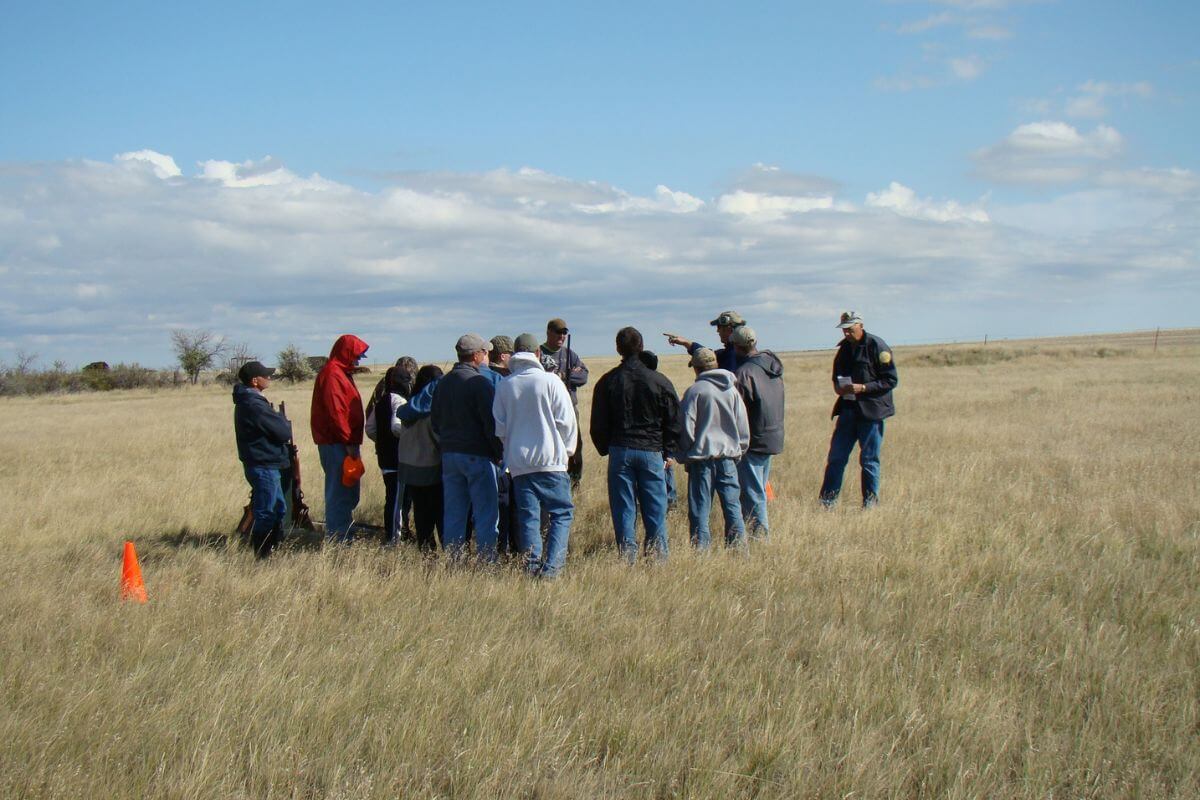
You can experience beautiful, untouched nature and see various wildlife up close at Benton Lake Wildlife Refuge. The refuge offers activities for visitors to connect with the environment.
Let’s explore what you can do at Benton Lake National Wildlife Refuge:
- Auto Tour – Take a leisurely drive along the Prairie Marsh Wildlife Drive. This 9-mile (14.5-km) gravel road winds through the refuge, offering a unique chance to see the wildlife in their natural habitat.
- Biking and Hiking – Enjoy a bike ride or hike along the Prairie Marsh Wildlife Drive, Lower Marsh Road, and the Unit IVb Trail. It’s a year-round activity, as long as the weather permits.
- Cross-Country Skiing – The entire refuge becomes a cross-country skiing paradise from December 15 to February 28.
- Fishing – Head to the Pumphouse Unit for some fishing. It’s a great spot to relax and try your luck at catching some fish.
- Hunting – You can participate in waterfowl and upland game bird hunting in designated areas, following the state waterfowl season rules.
- Photography – Visit the photo/observation blind at the north end of Unit 1 for incredible shots of shorebirds and waterfowl.
- Wildlife Watching – The best times to catch the wildlife in action are early mornings and late afternoons. For a special treat, visit during the peak water conditions in spring and fall to see the migrating ducks, geese, swans, and shorebirds.
Each activity offers a unique way to experience the refuge and its inhabitants. Don’t forget your camera, and get ready to make some unforgettable memories amid the beauty of nature.
Different Wildlife You Can See at Benton Lake National Wildlife Refuge
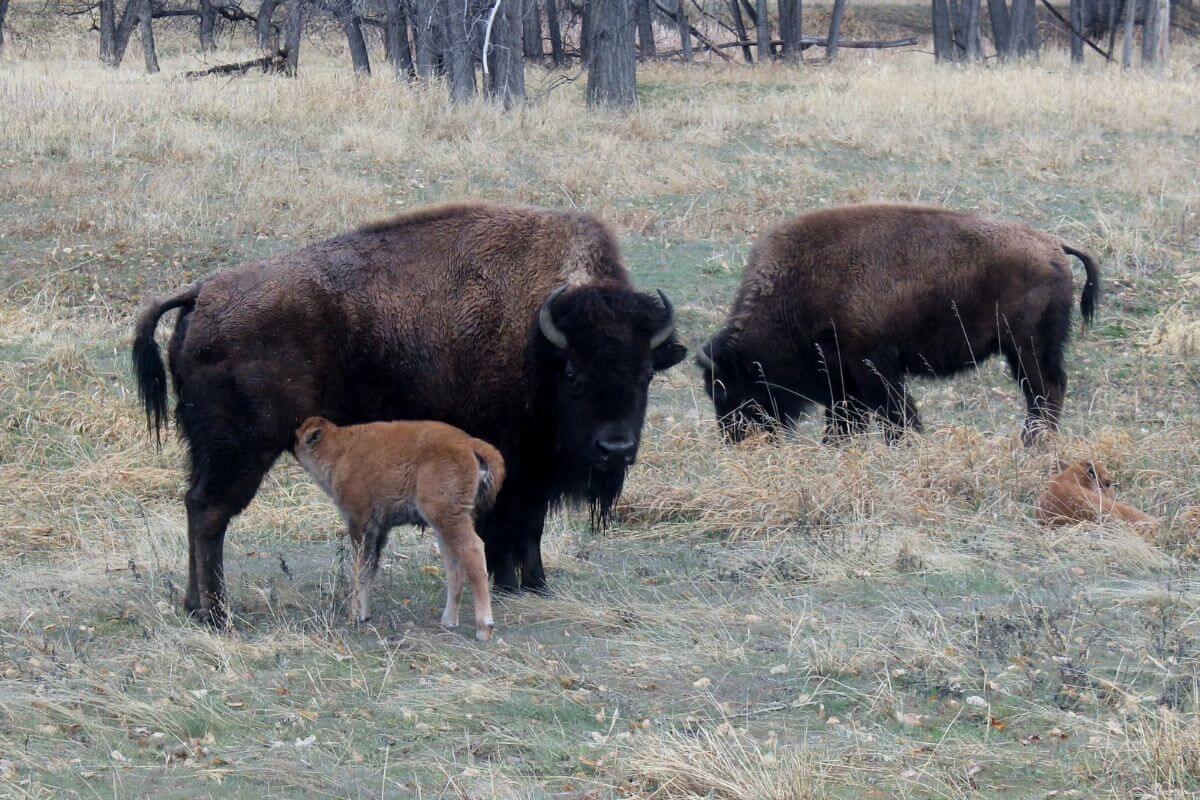
Benton Lake National Wildlife Refuge isn’t just a location, it’s a vital sanctuary that supports various species in the circle of life. Here’s what you can expect at the refuge:
- Wetlands and Wildlife – Benton Lake National Wildlife Refuge is important for many of the nation’s waterfowl populations. The wetlands, often called “potholes,” are where many species, including endangered ones, begin their lives. This refuge provides a haven for water birds during their long journeys.
- Different Bird Species – Benton Lake is a bird watcher’s dream. Over 200 bird species from 12 different groups are spotted throughout the year. The skies and waters are filled with the sights and sounds of various species during migration seasons, from elegant swans to powerful eagles.
- All Kinds of Mammals – It’s not just about the birds. The refuge is home to 28 mammal species, including mule deer and white-tailed deer. Their numbers and variety change with wet and dry cycles, showing how closely their lives are tied to the land.
- Prized Prairie – Native prairie areas are vital for species like the burrowing owl, offering a home that supports their unique needs. This focus on conservation helps not just one species but the whole ecosystem thrive.
Benton Lake NWR is where nature’s at its best, showing us the beauty and importance of every creature, big and small.
Benton Lake National Wildlife Refuge Final Thoughts
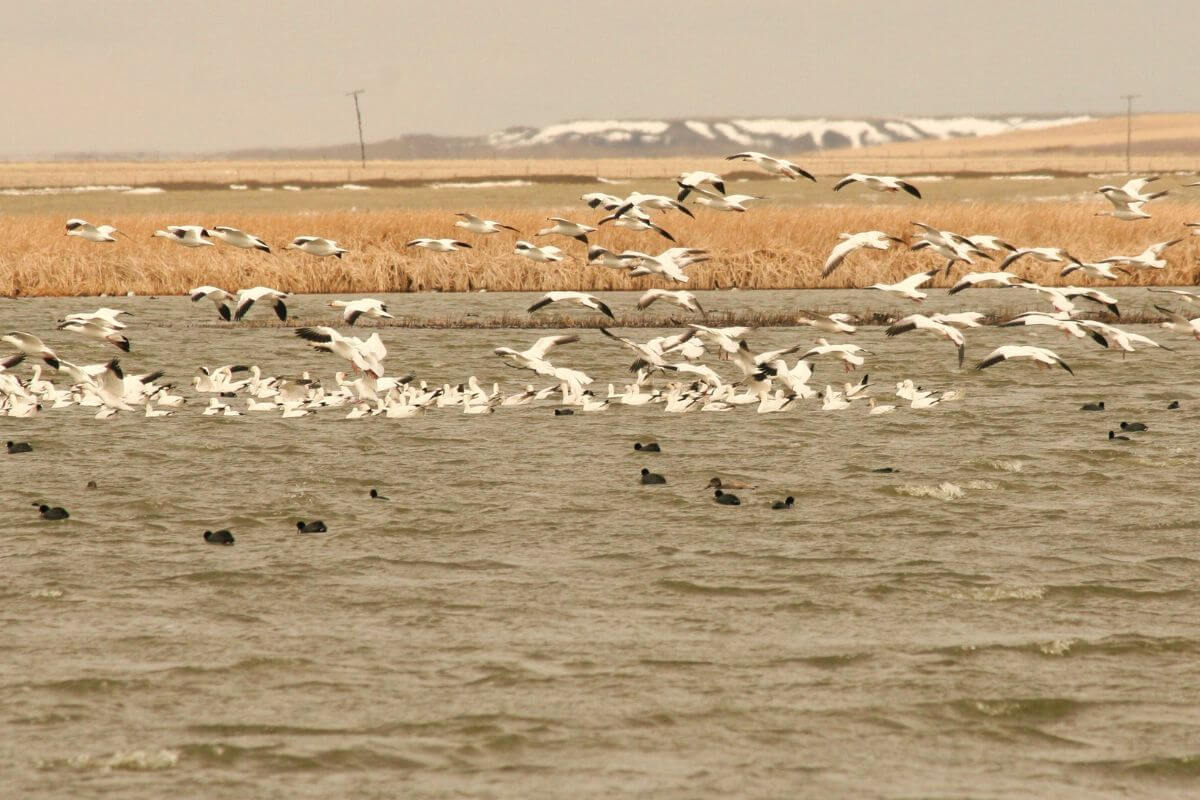
Benton Lake National Wildlife Refuge is not just a beautiful place, it’s also a sign of how we protect nature. It’s easily accessible from Great Falls, and it’s open all year for people to see its beauty and the animals it cares for.
This place is special because it’s a safe area for birds to have babies. It’s known for how well it looks after the land and involves the community to ensure people can enjoy its beauty for many years. Benton Lake has many things you can do, like driving around to see the animals or spending a calm afternoon fishing.
Benton Lake has a history of changing from farming that didn’t work to a focus on keeping things safe. It’s a story of how we’ve succeeded at caring for nature. When you plan your visit, remember to follow the rules that keep this place safe and calm for the animals and the people who come to enjoy it.
Benton Lake National Wildlife Refuge FAQs
1. Can You Fish in Benton Lake?
Fishing is allowed in Benton Lake National Wildlife Refuge, particularly in the pumphouse unit.
2. What Birds Are in Benton Lake, Montana?
Benton Lake National Wildlife Refuge in Montana is home to various bird species, especially during the migratory seasons. Common birds that can be spotted in and around Benton Lake include waterfowl such as ducks and geese, shorebirds like sandpipers and plovers, wading birds such as herons and egrets, and various songbirds, including warblers and sparrows.
3. Where Is the Largest National Wildlife Refuge?
The largest national wildlife refuge in the United States is the Arctic National Wildlife Refuge (ANWR), located in northeastern Alaska. It spans an expansive area of approximately 19.3 million acres, making it the largest national wildlife refuge and one of the country’s largest protected areas.
4. What Is the Smallest Wildlife Refuge in the U.S.?
The Mille Lacs National Wildlife Refuge, established in 1915, is the smallest in the National Wildlife Refuge System, covering just 0.57 acres. It is located in Minnesota.
Ready for more Montana magic? Explore related articles and uncover its secrets:
- Guide to the American Prairie Reserve in Montana
- Bison Range Wildlife Refuge Guide
- Discover Montana’s Black Coulee Wildlife Sanctuary
- Learn About the Bowdoin Wildlife Refuge
- https://www.fws.gov/refuge/benton-lake
- https://www.fws.gov/refuge/benton-lake-wetland-management-district
- https://www.flickr.com/photos/usfwsmtnprairie/8457123784
- https://www.flickr.com/photos/usfwsmtnprairie/29801296414
- https://www.flickr.com/photos/usfwsmtnprairie/5393392543
- https://www.facebook.com/BentonLakeNationalWildlifeRefuge/photos/pb.100069417660404.-2207520000/268569711553863/?type=3
- https://www.flickr.com/photos/usfwsmtnprairie/8600074407

